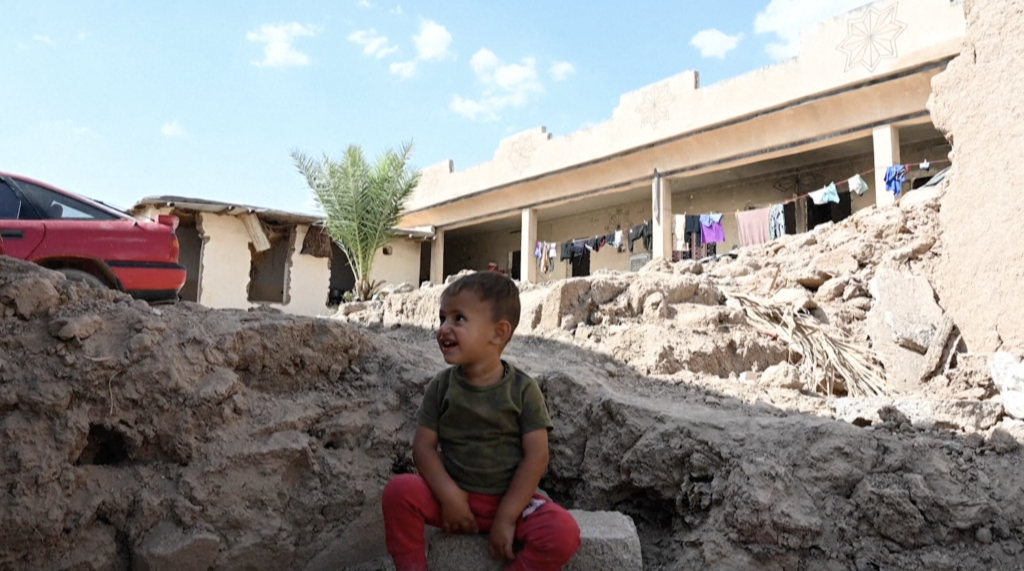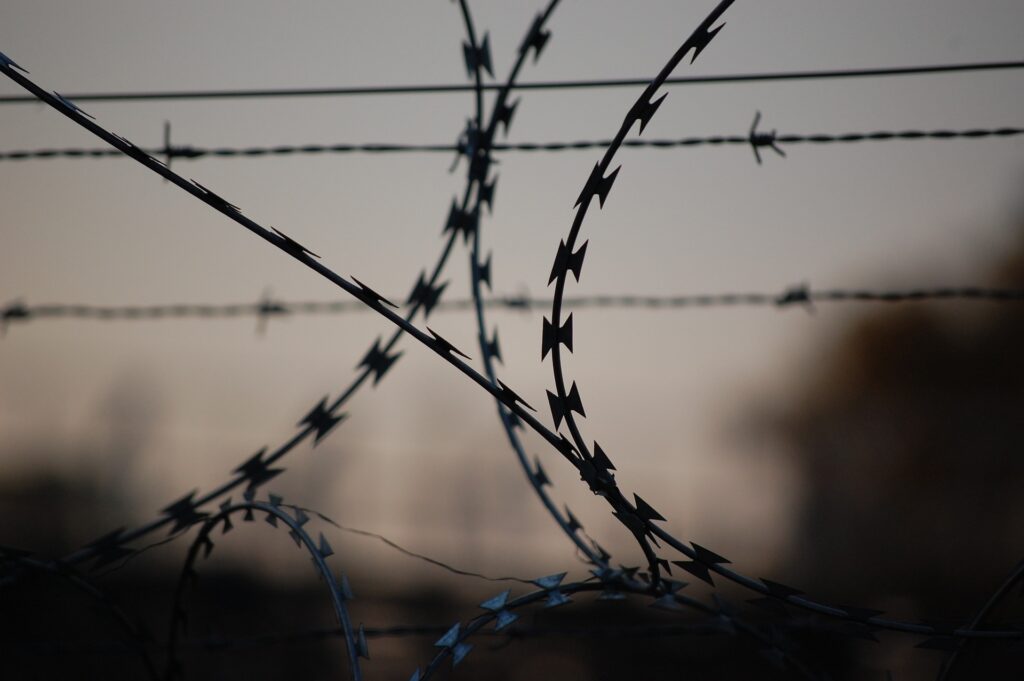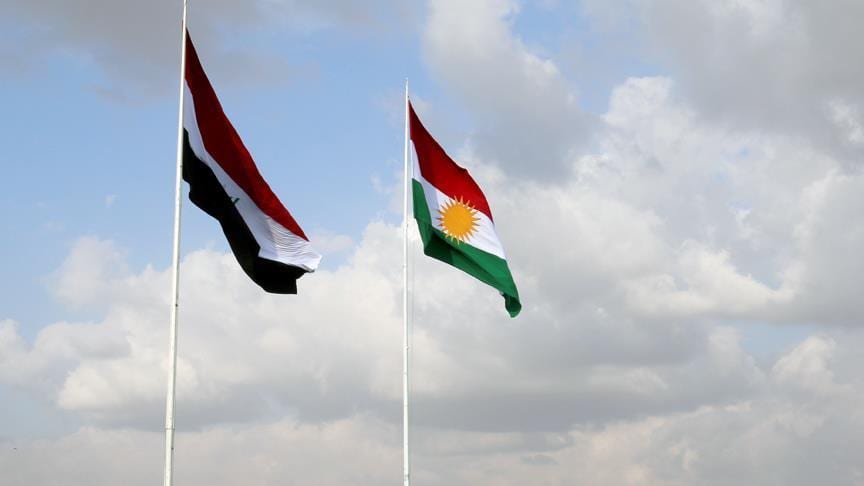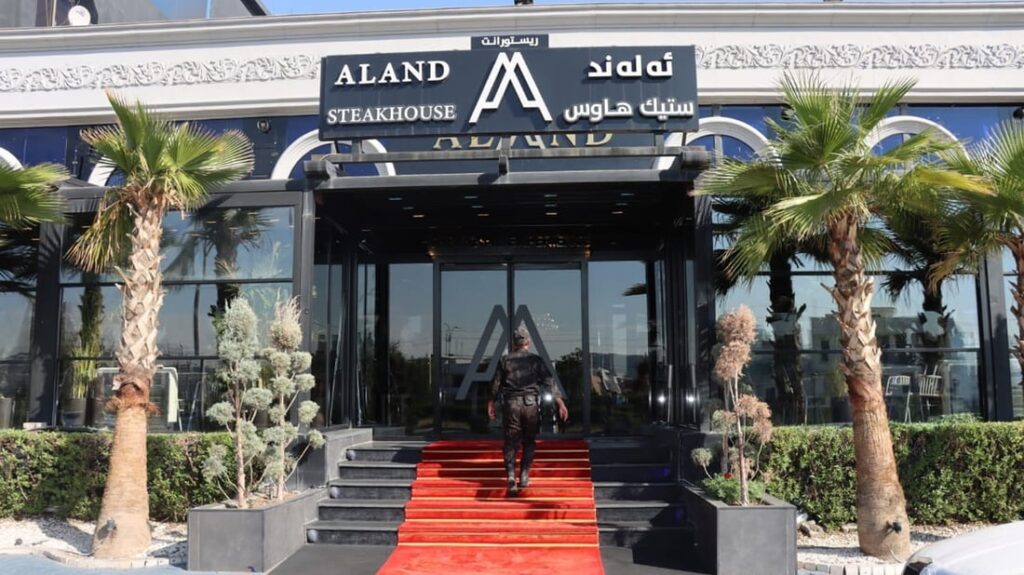Is Iran losing its grip on Iraq and Lebanon?

Peymaneh Shafi
In Lebanon, the cities involved include the Beirut and Tyre, spreading from east to west; Nabatiyeh, largely Shiite; Tripoli, largely Sunni; and Jbeil, mainly Christian. All this indicates Lebanon is transitioning through a truly unique moment by a national movement with one chant and under one flag.
A look in the not so distant past shows how Lebanon was once a thriving economic, social and cultural hub. However, as a result of Iran pursuing its malign influence through the destructive role of Hezbollah, known as Tehran’s main proxy arm in the Middle East and beyond, that era is unfortunately long gone. This beautiful country is now suffering from drug abuse, unemployment, financial and economic corruption, and terrorism, all thanks to Tehran’s belligerence.
The people of Lebanon, however, representing a long slate of religions and cultures, have risen to say enough is enough and save their country. Very similar to Iraq, Lebanon’s Shiite Muslims, long under the negative hammer of Iran’s meddling, are actively pursuing these protests.
In Iraq, protests have begun with brave demonstrators chanting, “Iran, out, out! Baghdad will be free!” Others in Baghdad’s Tahrir Square specifically targeted Revolutionary Guards (IRGC) Quds Force chief Qassem Soleimani in their chants saying, “Qassem Soleimani, I am Iraqi.”
Friday, October 25, was the first day of this new round of demonstrations in Iraq, with protests engulfing Baghdad, Nasiriyah, Najaf, Karbala, Samawah, Amarah and others. While the Iranian regime claims to enjoy vast support in these Shiite cities, locals are targeting the regime’s icons, such as expressing their hatred of Iranian Supreme Leader Ali Khamenei by throwing shoes at his image. This is considered possibly the highest in Arab culture.
Reports from Friday alone indicate at least ten people killed in Baghdad and Nasiriyah, with over 200 injured across the country’s central and southern areas.
A national uprising is the best term to characterize current events in Iraq and Lebanon.
Firstly, people from every branch of this lively society are playing a role in the protests, including students, laborers, government employees and others from all walks of Lebanese life. Two million of the country’s six-million population are taking to the streets each night, proving this is a formidable force.
Secondly, the demonstrators are voicing significant demands. Not associated with any political group or party, people are rejecting all plans for reform and will accept nothing short of total elimination of the religious and ethnic division system, being one of the main hurdles advancing democracy and development in Lebanon.
Iran’s proxy terrorists have been able to take full advantage of the current apparatus literally as a breeding ground for their ranks and files. Hezbollah has been Tehran’s Trojan horse to hurl Lebanon into the abyss of seemingly endless chaos, all through the devastating export of terrorism and fundamentalism during the past four decades.
Iraqi and Lebanese youth are rejecting the corrupt ethnic and religious segregation system crafted mainly by Iran’s surrogates. Lebanon’s religious and cultural diversity can be a source of prosperity and unity, the protesting youth believe, while Tehran-affiliated parties seek to escalate division and profits through corruption.
The nationwide demonstrations in Lebanon erupted as a follow up to massive early October protests that engulfed central and southern in Iraq. Iran’s regime again suffered a major blow from the Shiite community, despite claims of enjoying vast support in such areas.
This is no coincidence, and any denial of connections between these two uprisings is naivety. Common in both spectrums is the fact that people are rejecting, with a strong will, Iran’s destructive meddling and expressing enormous outrage at Tehran-affiliated local governments.
To this day, Tehran’s reaction to the events in Lebanon has mostly focused on delegitimization through fake news. It is quite obvious that Iran’s regime is deeply concerned about losing a foothold in Lebanon and going the distance to preserve its vitally important influence in the country. Lebanon is considered by the mullahs’ as their “strategic depth” and in their eyes losing ground would place Tehran in danger.
Hezbollah in Lebanon has evolved to become Iran’s most important foreign-based asset. For Iran, Hezbollah has been the medium for numerous terrorist attacks in the past four decades and provides a very necessary cloak for Tehran. This October 23 was the 36th anniversary of the 1983 Beirut bombing that left 241 American Marines killed.
An enormous amount of Iran’s wealth has been wasted by the mullahs’ regime filling Hezbollah’s coffers. This is literally taking money from Iran’s poverty-stricken millions and providing paychecks for ruthless Hezbollah killers known especially for their slaughtering of innocent Syrians and propping of Syria’s Assad regime. Equally suffering have been the people of Lebanon who are left to agonize from Hezbollah’s destructive campaigns in and out of their country.
Unfortunately, Iran’s regime was able to play a very direct role in suppressing the protest in Iraq. Cultural and political differences in Lebanon, however, do not provide Tehran such an open hand. IRGC Quds Force chief Soleimani played a direct role in commanding attacks on Iraqi protesters that left at least 140 murdered, while some unconfirmed reports place the number above 500. The case is different in Lebanon where Tehran lacks such leeway. This provides the Lebanese people with far better prospects.
Very similar to tactics used in Iraq, the Iranian regime attempted to downplay the Lebanese uprising by spewing propaganda through various state media outlets. These posts and programs described the Lebanese demonstrations as inconsequential and a result of foreign meddling.
Concerned of Hezbollah’s nosediving popularity in Lebanon, Iranian media were portraying the Lebanese people’s protests targeting this terrorist group as resentment against other politicians.
The Javan daily, known for its direct affiliation to the IRGC, recently claimed that Lebanon’s Hariri government is attempting to reduce Hezbollah’s control over the Communication’s Ministry. Firstly, it is quite noteworthy that an IRGC outlet acknowledges the fact that Hezbollah, Tehran’s main proxy group, literally controls a country’s communications network. Secondly, this latest round of Lebanese demonstrations engulfing the country was sparked by the Communications Ministry’s policies and its unfair taxes targeting online messaging and voice-call applications.
Arman, another state-run newspaper, also wrote recently: “Contrary to what happened in Lebanon before, this time around, [the demonstrations] have spread across all of Lebanon. Previously, unrest was mainly limited to Beirut. This time, however, all of Lebanon’s cities are witnessing unrest that is intensifying with each passing day. The protesters are also asking for changes in the constitution.”
Following the surprising protests in Iraq, Lebanon is now the second alarm bell for Iran’s mullahs. The latest upheaval in Iraq now has Iran’s mullahs on their toes.
The message is crystal clear: regional nations are fully aware that their freedom, prosperity, security, and peace are fully linked to the Iranian regime’s complete eviction from their soil and an end to mullahs’ 40-year rule in Iran. In the streets of Lebanon and Iraq, the people are taking on the likes of Hezbollah and Hashid al-Shabi, Iran-backed Iraqi militias involved in the horrific crackdown of recent demonstrations.
These are the arms of the mullahs’ regime in Iran. And as the mullahs’ control over Lebanon and Iraq weakens, the circumstances become ever riper to end Iran’s regional belligerence and target this ruthless regime at its core in Tehran.






